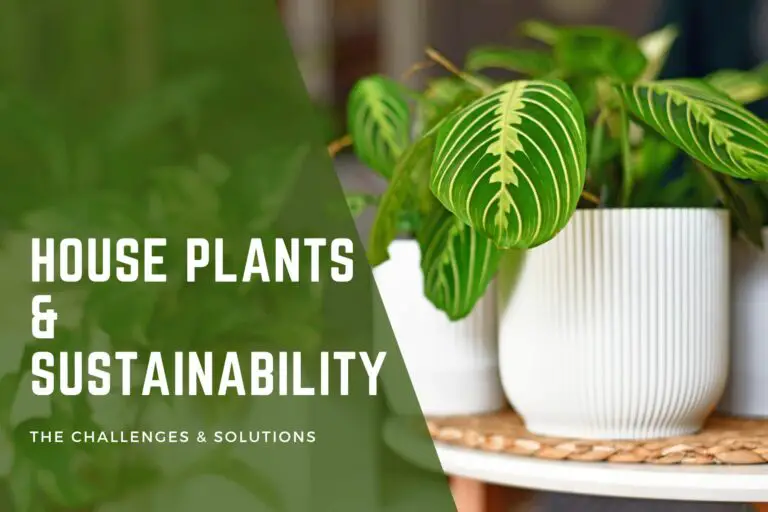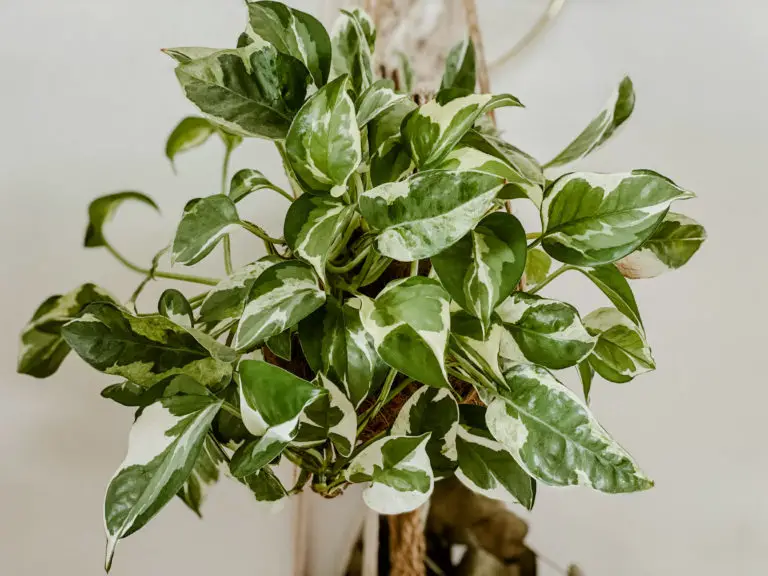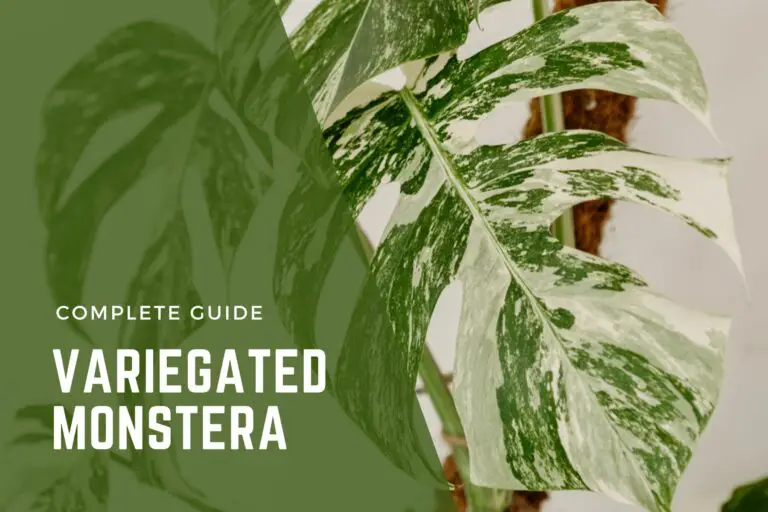Pink Houseplant Scam
Disclosure: This post may contain affiliate links, meaning I earn a small commission if you decide to make a purchase though my links, at no additional cost to you, which I’ll probably spend on more outdoor gear and travel to cool places.
During the pandemic, the market for houseplants exploded. And the demand for rare and unusual houseplants skyrocketed – along with their prices. And often when there’s high demand it’s not unusual to have an increase in scammers too. If you’ve read my guide to buying variegated monstera, you’ll know one of the biggest scams was selling “variegated monstera seeds”. But this wasn’t one of the only scams around. There was also a huge pink houseplant scam – enter the Philodendron “Pink Congo”.
The Philodendron Pink Princess
The Philodendron Pink Princess (pictured right) rose to rapid popularity in 2019, mostly thanks to plant influencers on platforms like Instagram and YouTube. This previously overlooked plant became an almost overnight sensation and growers who at one time were selling them for under $10 suddenly were inundated with orders, and prices went into triple digits for a single plant.
The plant community started going crazy for pink variegation – and that’s when the Philodendron Pink Congo arrived on the scene.
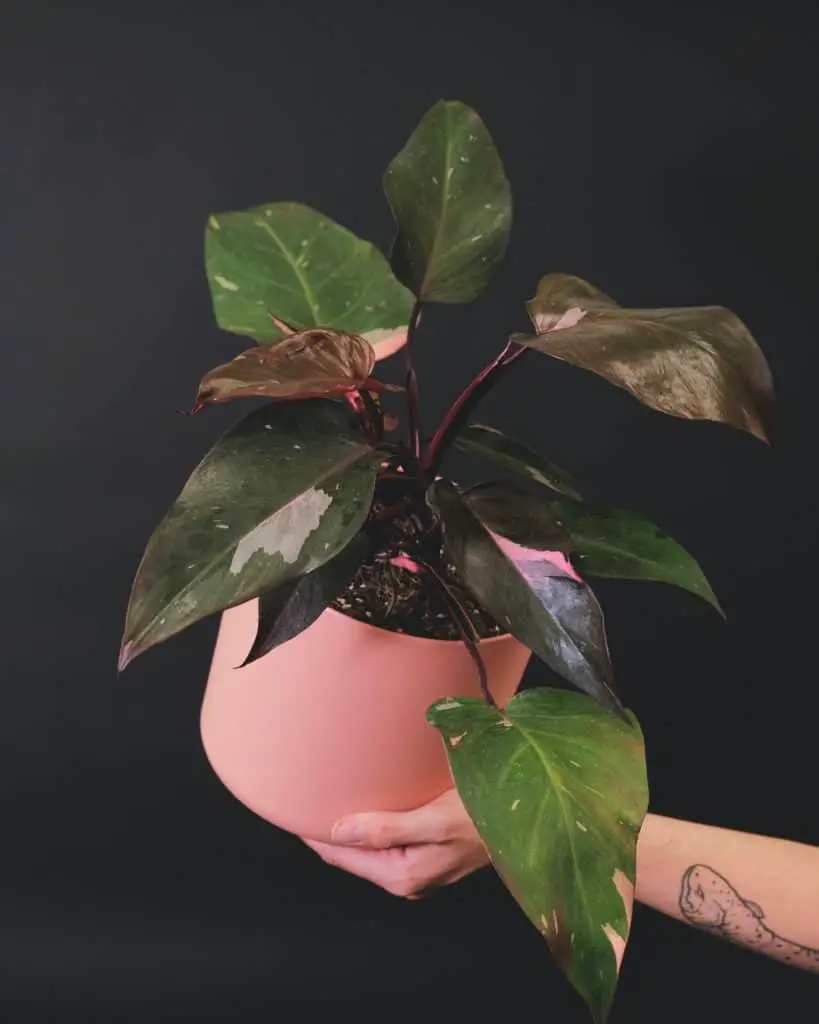
Philodendron Pink Congo
The Philodendron Pink Congo didn’t have patches of pink variegation like the Pink Princess. Instead, this new plant appeared to be putting out fully pink leaves. And the plant community went crazy for it. These plants, costing over $100 each started appearing on the channels of many plant influencers. And for a while everything was ok. People enjoyed their pink plants. But then the dream was shattered.
Pink Congo plants are made pink through some form of chemical alteration. However, this process does not produce permanent results. In most cases, the plant reverts back to green within 6-12 months. And this process isn’t like how a genuine variegated plant reverts, where you’ll still have the older variegated leaves even if the new ones are green. With the Pink Congo, as the chemicals that made the pink leaves pink in the first place depleat, the pink leaves will start fading back to green. And it’s not pretty.

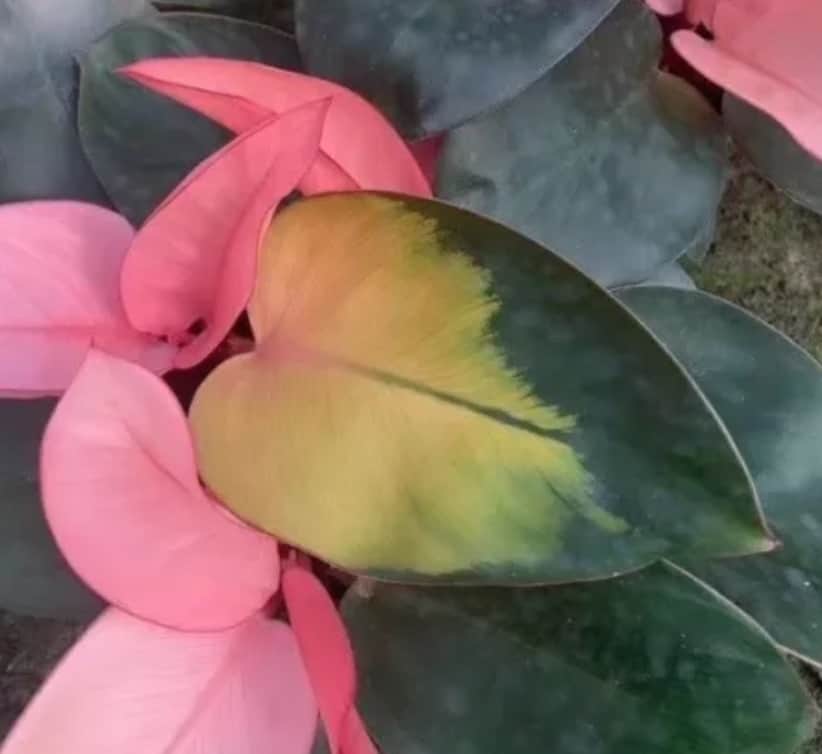
But that’s not the real problem here. The main issue most people had with these plants is that they felt that for the high price tag, they had been mis-sold or intentionally mislead – in that it was not made clear when purchasing the plants that 100% of them will revert.
After purchasing some for her Rare Plant Shop then finding out the truth, plant YouTuber Kaylee Ellen made a video to try and inform as many people as possible about the Philodendron Pink Congo scam so as few people as possible fell victim to it.
And you’d think that would have been the end of it. Except it wasn’t. While the Pink Congo may have a bad reputation online now, there are still many people not aware of the plants’ background. And growers have come up with a new scam…
New Chemically Induced Pink Plants
As news about the Pink Congo spread, the price for the plant plummeted as the demand fell. Unsurprisingly, a lot of people were unwilling to spend hundreds on a plant that would only stay pink for a short period of time. And many people thought that was the end of it.
But recently there have been a number of new pink plants appearing on the market, especially in places like Etsy & eBay. These include:
- Philodendron Pink Dark Lord
- Philodendron Pink Melanochrysum
- Philodendron Pink Micans
- Philodendron Pink Ring of Fire
- Philodendron Royal Queen
This new pink plant scam was brought to the attention of the plant community again by Kaylee Ellen in a follow-up of her original documentary.
Once again, a handful of growers are using chemical processes to artificially (and temporarily) create pink leaves in a number of different varieties of philodendron.
The issue that many people have with this is not actually in the process itself. Many of the plants we know and love today are products of tissue culture in labs or hybrids of two species created intentionally by people.
The reason that many people are calling this is a scam is the lack of transparency about the whole process. Very few (if any) sellers openly list the plants are being pink through chemical processes, and only a few will talk about it when asked dirctly. But more than that, what many sellers are not only not saying, but in some cases actually denying, is that these pink plants will revert back to green.
These pink plants are still being sold at high two and three digit amounts – and with the lack of transparency about the process, it’s possible that there are people that are unaware of what they are buying. It’s fine to spend over $100 on a pink plant if you know it’s only going to be pink for 6-12 months before it reverts and you are ok with that. But there are also people who are unaware of the situation, and spend their money on these plants only to be disappointed when they learn the truth, usually once it’s already too late.



